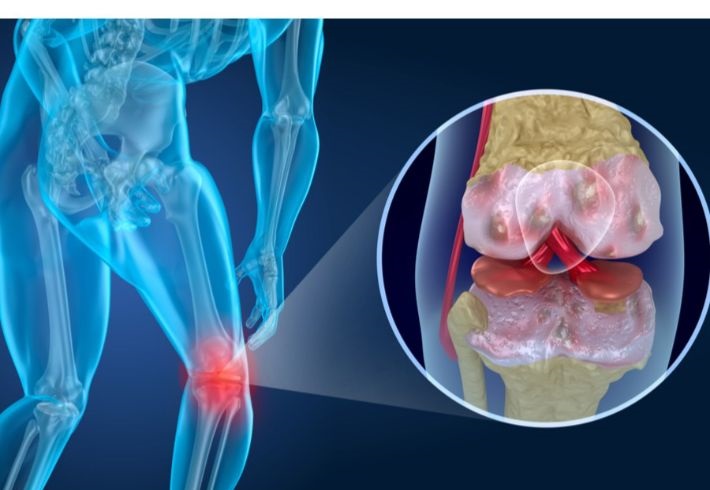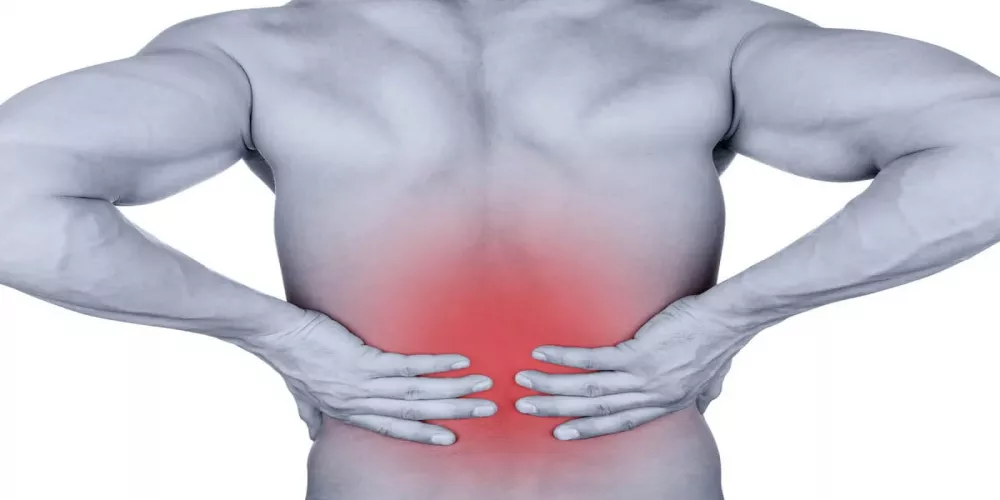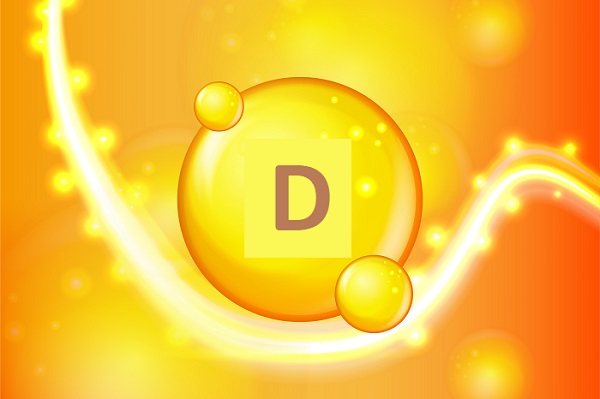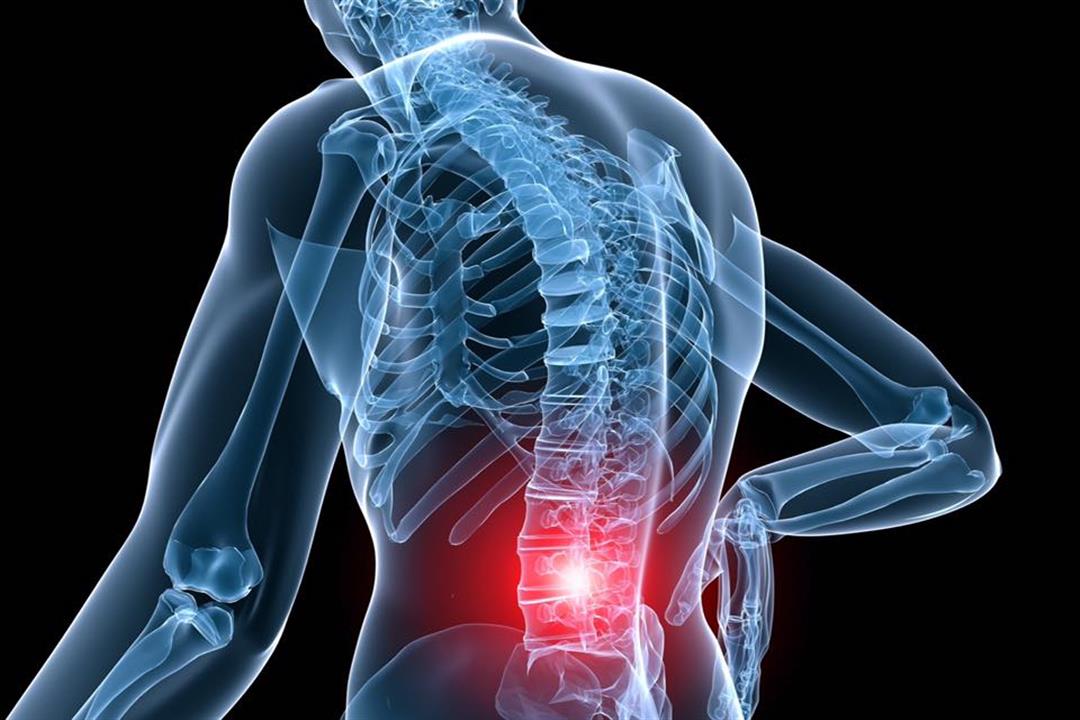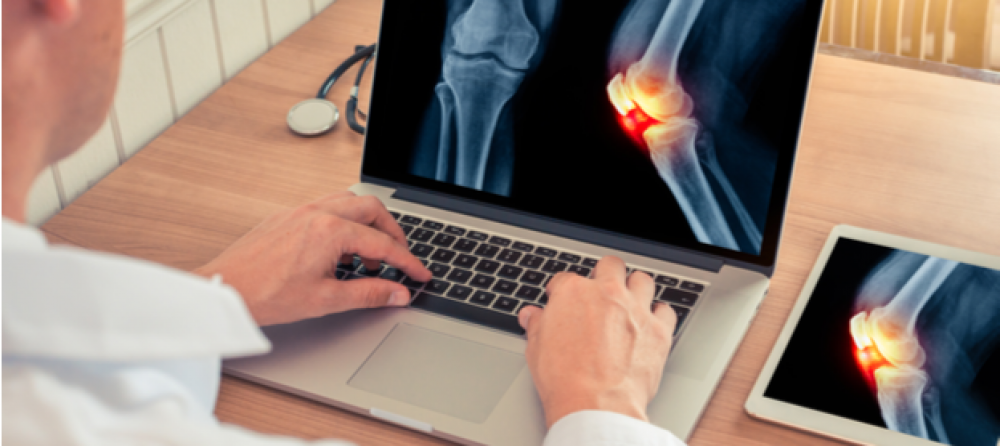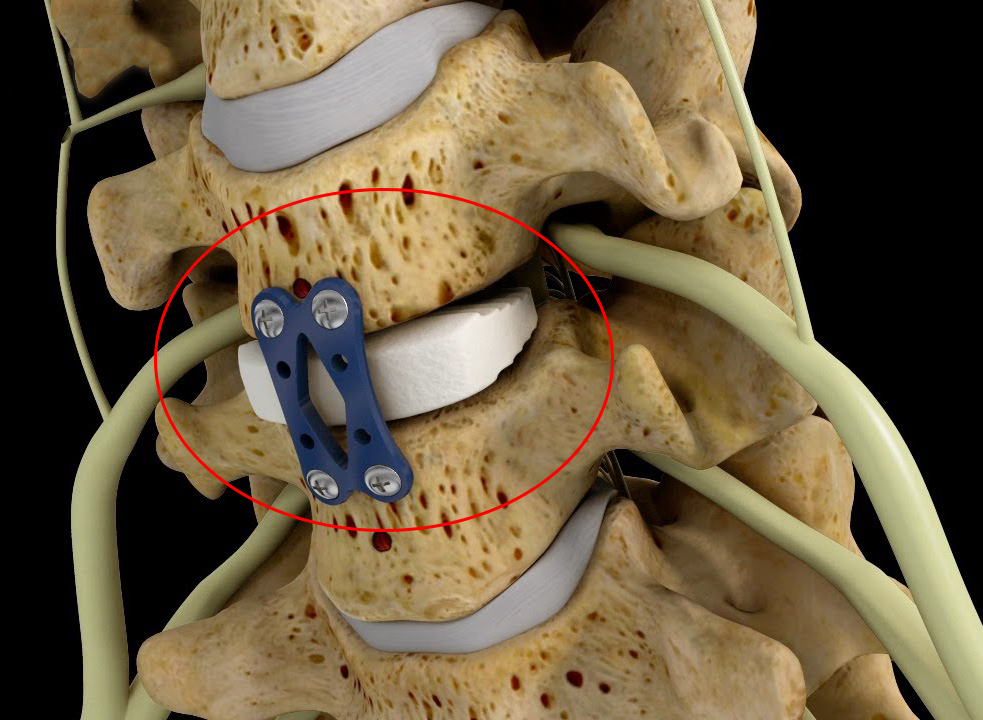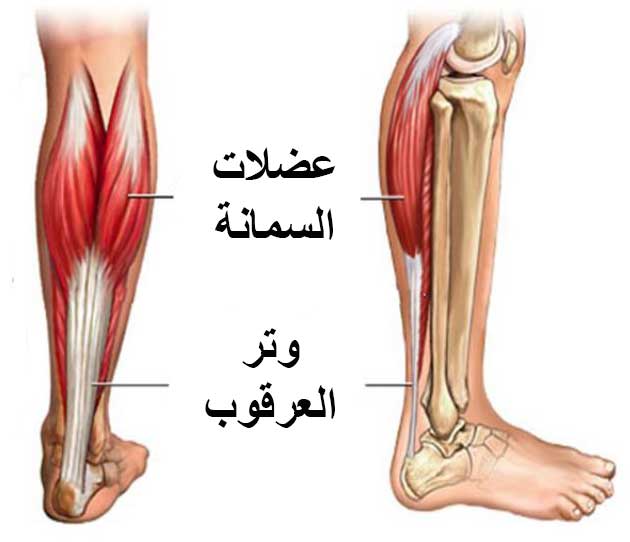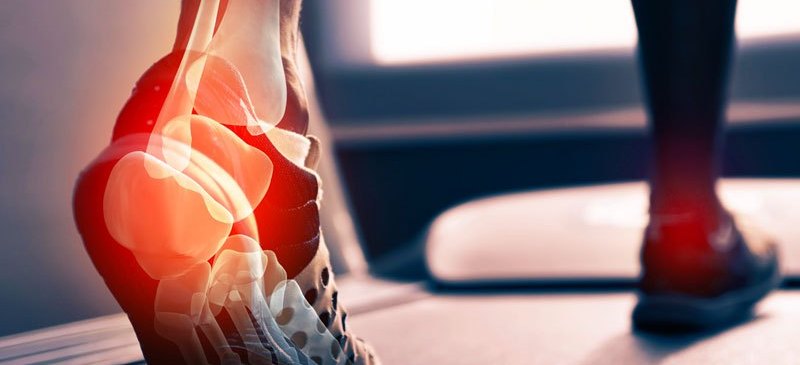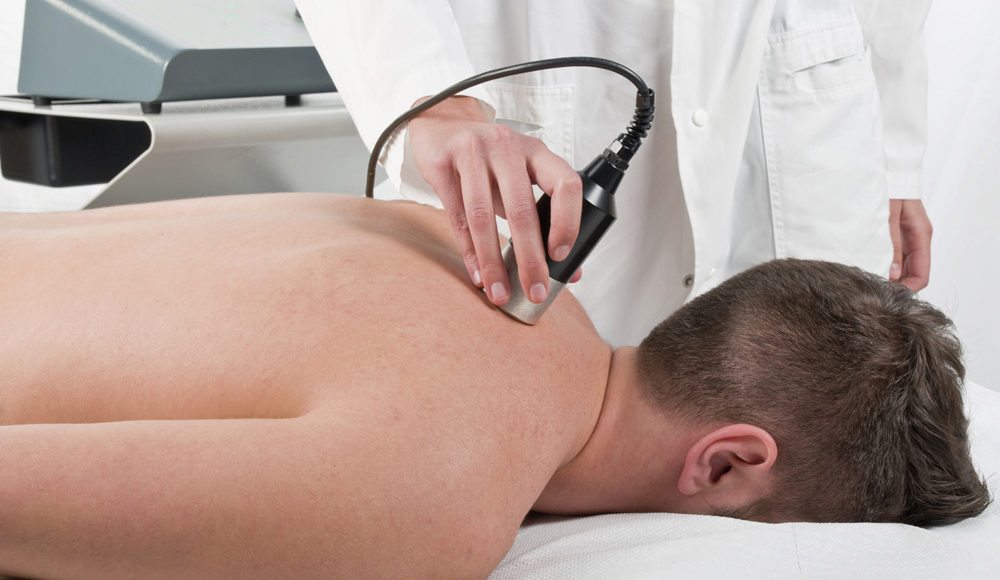?What is the Calf Muscle and What is it Made of
What is the adductor muscle? You may have heard of the adductor muscle before, and the term sounded strange to you. However, through this article, we will help you become familiar with its meaning, components, and the most common injuries it may suffer, as well as the symptoms that appear on it. In addition to the different treatment methods followed in this case, so you can follow the upcoming paragraphs to learn everything new about this matter.
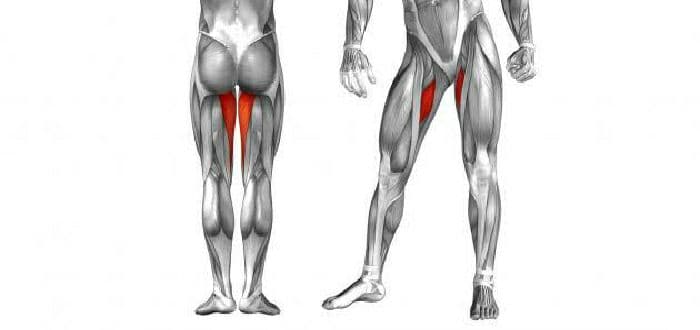
What is the adductor muscle
The adductor muscle is a group of muscles located on the inner side of the thigh. The adductor muscle is considered one of the main muscles in the thigh, and it helps to move the thigh, support the body while walking, running, and jumping. The adductor muscle consists of four muscles connected from the thigh bone to the pelvic bones near the groin, and it works to bring one thigh towards the other.
This muscle can be subjected to injury or tearing if it is exposed to excessive stress or repetitive movements, which may result from sports exercises such as football and fitness exercises or any other activities that require physical exertion. Those suffering from adductor muscle injury should seek to massage the affected area and receive appropriate treatment to speed up healing.
Components of the adductor muscle
- Flexible and collagen fibers:
The adductor muscle is characterized by being made of flexible and collagen fibers. These fibers give the muscle strength and flexibility, helping it withstand various stresses and movements. - The ground substance:
The adductor muscle contains a ground substance called the matrix, which helps to stabilize the fibers and enhance their strength. The matrix also works to provide an ideal environment for cell function and nourishment. - Cells:
The adductor muscle contains many cells that work to perform the contraction and relaxation processes. The cells produce the energy needed for muscle work and transmit the nerve signals that lead to muscle movement. - Blood vessels and nerves:
There are many blood vessels and nerves in the adductor muscle, which play an important role in supplying it with the necessary oxygen and nutrients, and removing harmful waste. The nerves also play a role in activating and controlling the muscle. - The muscle membrane:
The muscle membrane surrounds the adductor muscle, and it is a strong layer of connective tissue. The muscle membrane works to protect and guide the muscle, as well as help reduce friction between the muscle and the surrounding tissues.
If you want to maintain the strength and fitness of the adductor muscle, you should consider these main components and enhance them through appropriate exercise and a balanced diet. It is also recommended to consult a physical therapist or sports trainer for guidance and advice.
Adductor muscle strain
Adductor muscle strain is a condition that may result from overloading the muscle or excessive repetitive movements. Excessive strain can lead to adductor muscle tear, which usually occurs due to sudden movements such as kicking or twisting. Muscle weakness or inadequate stretching may increase the susceptibility of muscles to injury.
Therefore, it is essential to avoid any physical activity that increases the stress on the strained or weakened muscles. It is advisable to use cold compresses and massage the affected area to reduce swelling, in addition to taking pain relievers. However, it is recommended to seek appropriate treatment for adductor muscle strain to speed up the healing process and strengthen the muscles.
Enjoy the experience of quick and comfortable healing with Dr. Amr Amal, who takes care of all aspects of treating adductor muscle injuries to ensure a complete recovery of muscle function.
What are adductor muscle injuries?
- Adductor muscle strain:
This occurs when the adductor muscle is subjected to a contusion or partial tear. This can happen due to excessive strain on the muscle or intense exercise. Adductor muscle strain may be accompanied by pain in the affected area, bruising, swelling, difficulty moving the thigh, and sometimes spasms. - Adductor muscle tear:
This injury occurs when the adductor muscle is completely torn. An adductor muscle tear can occur due to direct injury, such as impact or fall, or due to intense training and improper exercises. Symptoms of an adductor muscle tear include severe pain in the affected area, bruising, severe swelling, significant difficulty moving the thigh, and to learn more about ligament tears click here. - Adductor muscle avulsion:
This is a rare injury that occurs when the adductor muscle separates from the thigh bone or pelvis. Adductor muscle avulsion is a serious injury that requires immediate medical attention. Observable symptoms in the case of adductor muscle avulsion include severe pain, severe swelling, and an inability to use the affected muscle. - Adductor muscle inflammation:
This inflammation occurs when the adductor muscle becomes irritated and inflamed. Adductor muscle inflammation can result from intense exercise and excessive strain, or it can occur suddenly due to injury. Common symptoms of adductor muscle inflammation include pain, muscle tightness, swelling, and difficulty moving.
In case of an adductor muscle injury, it is important to consult a doctor for diagnosis and determine the appropriate treatment. Treatment may include applying ice and resting the affected muscle, taking pain medication, and physical therapy to strengthen the muscles and restore normal movement.
What is adductor muscle inflammation?
Adductor muscle inflammation is a condition that affects the adductor muscle in the body and causes pain and muscle tightness. Muscle inflammation can occur due to a contusion or muscle tear. As for tendon injuries in the leg, the injury usually does not occur in the muscle itself, but in the tendons that connect the muscle to the thigh or pelvic bones.
In addition to pain, common symptoms of adductor muscle inflammation include swelling in the affected area and pain in the thigh accompanied by pain in the back, abdomen, or chest. Treating muscle strain and types of muscle injuries, as well as adductor muscle healing, are topics that deserve attention for those suffering from this condition. You can regain your activity and strength with Dr. Amr Amal, who provides personalized and customized treatment for each case of adductor muscle injuries.
Symptoms of adductor muscle inflammation
Adductor muscle inflammation may be one of the common injuries people suffer from in general. Here are some symptoms that may indicate an adductor muscle injury:
- Bruising and swelling: Adductor muscle injury may be accompanied by bruising and swelling in the muscle itself and the thigh area.
- Pain when lifting the knee or when opening and closing the legs: The person may feel pain when trying to lift their knee or when opening and closing their legs.
- Symptoms improve with rest and medication: Adductor tendon inflammation is temporary and can significantly improve once you stop exercising and use anti-inflammatory and pain relief medications.
- Bruising, swelling, and difficulty moving the thigh: An adductor muscle tear can cause many symptoms such as pain in the affected area, bruising, swelling, and difficulty moving the thigh. This may also be accompanied by a feeling of spasms at times.
- Sudden pain in the posterior thigh area: Hamstring injuries cause sudden pain in the back of the thighs.
- Muscle weakness and difficulty moving: The injured person may feel weakness in the thigh muscles and difficulty moving the leg or limping in some cases.
- Feeling excessive warmth in the thigh area: The person may feel an increase in temperature in the affected area compared to other parts of the body.
- Feeling a popping sensation at the time of injury: An adductor muscle injury may be accompanied by a popping sensation at the time of injury.

Tips for preventing adductor muscle inflammation
1. Exercise regularly and properly:
- When exercising, caution should be taken, and proper techniques should be followed to ensure that the muscles are not damaged.
- It is recommended to start with warm-up exercises and light exercises before engaging in strenuous physical activities.
2. Make sure to warm up before engaging in physical activities:
- Warming up before engaging in physical activities is important for preparing the muscles for movement and stretching.
- It is recommended to spend a few minutes warming up, doing light exercises, and stretching the muscles before engaging in physical activities.
3. Avoid overexertion during exercises and physical activities:
- It is important not to overwork the muscles by imposing excessive stress on them.
- It is advisable to listen to your body and rest when feeling extremely tired during exercise.
4. Maintain proper sitting and standing posture:
- You should be aware of your body posture while sitting and standing.
- It is recommended to maintain a proper posture for the spine and avoid sitting or standing in uncomfortable positions.
5. Eat a balanced and nutrient-rich diet:
- The impact of proper nutrition on muscle health cannot be ignored.
- You should consume foods rich in protein, vitamins, and minerals to promote muscle health and maintain their integrity.
By following these tips, you can maintain the health of your adductor muscles and prevent inflammation. You can also get rid of pain and tension with specialized care from Dr. Amr Amal, who provides comprehensive and effective treatment for adductor muscle injuries.
Adductor muscle tear
An adductor muscle tear is a common injury that occurs in the thigh muscles, particularly among athletes who do not perform exercises to strengthen and increase the flexibility of the adductor muscles. Symptoms of this injury include pain in the affected area, bruising, swelling, difficulty moving the thigh, and sometimes spasms.
Most cases of thigh muscle tears can be treated with rest, physical therapy, and time. A complete muscle tear may occur if the muscle separates from the pelvis or thigh bone, which requires intensive medical treatment. It is recommended to massage the affected area to relieve pain and improve muscle tension, so you can prepare to regain your strength and vitality with Dr. Amr Amal, an expert in treating adductor muscle injuries with modern and effective techniques.
Learn more details about muscle tears in general and different treatment methods through this article.
Symptoms of adductor muscle tear
People may suffer from an adductor muscle tear due to sports injuries or abnormal movements that put excessive stress on the muscle. An adductor muscle tear is a common injury that causes several symptoms that should be addressed. In this article, we will look at the most prominent symptoms of an adductor muscle tear:
1. Sudden, severe pain: Pain is one of the main symptoms of an adductor muscle tear, as people describe feeling sudden, severe pain in the posterior thigh area.
2. Swelling and bulging: An adductor muscle tear may be accompanied by swelling in the affected area. The bulging may be noticeable and affect the shape and appearance of the thigh.
3. Bruising: In some cases, bruising may appear in the affected area after an adductor muscle tear. These bruises may indicate internal bleeding in the muscle.
4. Difficulty moving the thigh: An adductor muscle tear can make it difficult to move the affected thigh. The person may find it difficult to lift their knee or open and close their legs.
5. Muscle weakness: When an adductor muscle is torn, the person may feel weakness in the muscles in the posterior thigh area. The person may find it difficult to perform daily activities that require the use of that muscle.
6. Muscle spasms: In some cases, the person may experience spasms in the affected muscle area with an adductor muscle tear. These spasms can be painful and affect thigh movement, and you can learn more about muscle cramps from the following article.
Treatment for adductor muscle tear
An adductor muscle injury is a painful and annoying injury that occurs during physical activity. Fortunately, there are several steps that can be taken to treat this injury and promote healing. In this article, we will look at 7 effective strategies for treating adductor muscle tears, which are as follows:
1- Rest and ice:
One of the priorities for treating an adductor muscle tear is to give the muscle enough time to rest and heal. Any activity that causes further strain or pain should be avoided. Use ice to reduce swelling and relieve pain by applying it to the affected area for 15-20 minutes, two to three times a day.
2- Taking non-steroidal anti-inflammatory drugs:
Inflammation and pain can be reduced by using some non-steroidal anti-inflammatory drugs (NSAIDs), such as ibuprofen and naproxen. You should consult your doctor before taking any medication.
3– Physical therapy:
Your doctor may recommend physical therapy to promote healing of the injured muscle and strengthen the surrounding muscles. Physical therapy may include rehabilitative exercises, muscle massage, balance exercises, and flexibility improvements.
4- Massage therapy:
Massage is an important technique for improving blood flow to the injured muscle and stretching its fibers. Massage can also improve blood circulation and flexibility, reduce pain and tension in the affected muscle.
5- Electrical therapy:
Electrical techniques are useful in treating adductor muscle tears. Electrical current is used to improve blood circulation, reduce inflammation, stimulate muscle healing, and relieve pain.
6- Surgery:
In cases of severe tearing and severe muscle strain, your doctor may recommend surgery. Surgery aims to repair the torn fibers in the muscle and improve the healing of the tear. For more information on the shoulder blade muscle, click here.
7- Avoid causes of injury:
After you recover from your injury, you should be careful to avoid factors that may lead to a muscle tear again. Be sure to warm up before starting exercises and matches, strengthen your thigh muscles, and ensure that you are following proper techniques during physical activity.
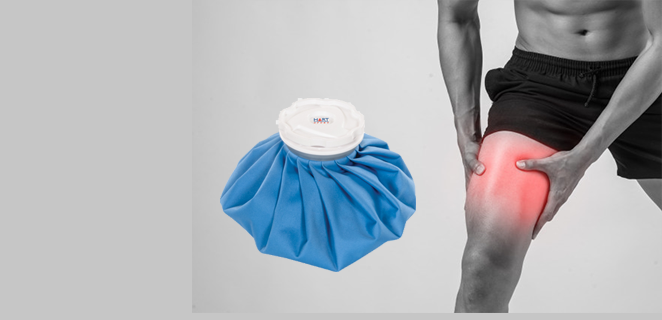
Preventing Calf Muscle Tear
- Do warm-up and stretching exercises properly before sports activities. You should have a warm-up session before starting the exercise to increase blood flow and improve muscle flexibility. The warm-up session should include stretching exercises for important muscles, including the calf muscle.
- Avoid early return to sports activity after an injury. If you have a calf muscle injury, you should give it enough time to heal and recover before resuming sports activity. Not adhering to this may worsen the injury and lead to a larger muscle tear.
- Gradually return to sports activity if you have been inactive for a period of time. When you are inactive for a long time, your muscles weaken and become more prone to injury. Therefore, you should gradually return to sports activity after the inactive period to avoid muscle strain and tear.
- Wear appropriate shoes with good support. It is recommended to choose athletic shoes that provide the necessary support for the foot and muscles during exercises. This helps reduce pressure on the muscles and decreases the risk of calf muscle tear.
- Use ice and rest: When an injury occurs or you feel pain in the calf muscle, apply ice packs to the painful area. This helps reduce inflammation, swelling, and pain. In addition, you should give the calf muscle sufficient rest until healing is complete.
- Massage the affected area: Gentle massage of the calf muscle can improve blood flow and relieve muscle tension. You can use soothing massage oils to enhance the relaxing effect and alleviate tension in the muscle.
By following these guidelines, you can reduce the risk of calf muscle tear and maintain your safety during sports activities. If you have any inquiries or ongoing injuries, you should consult with a doctor or physical therapist to assess your condition and guide you correctly.


